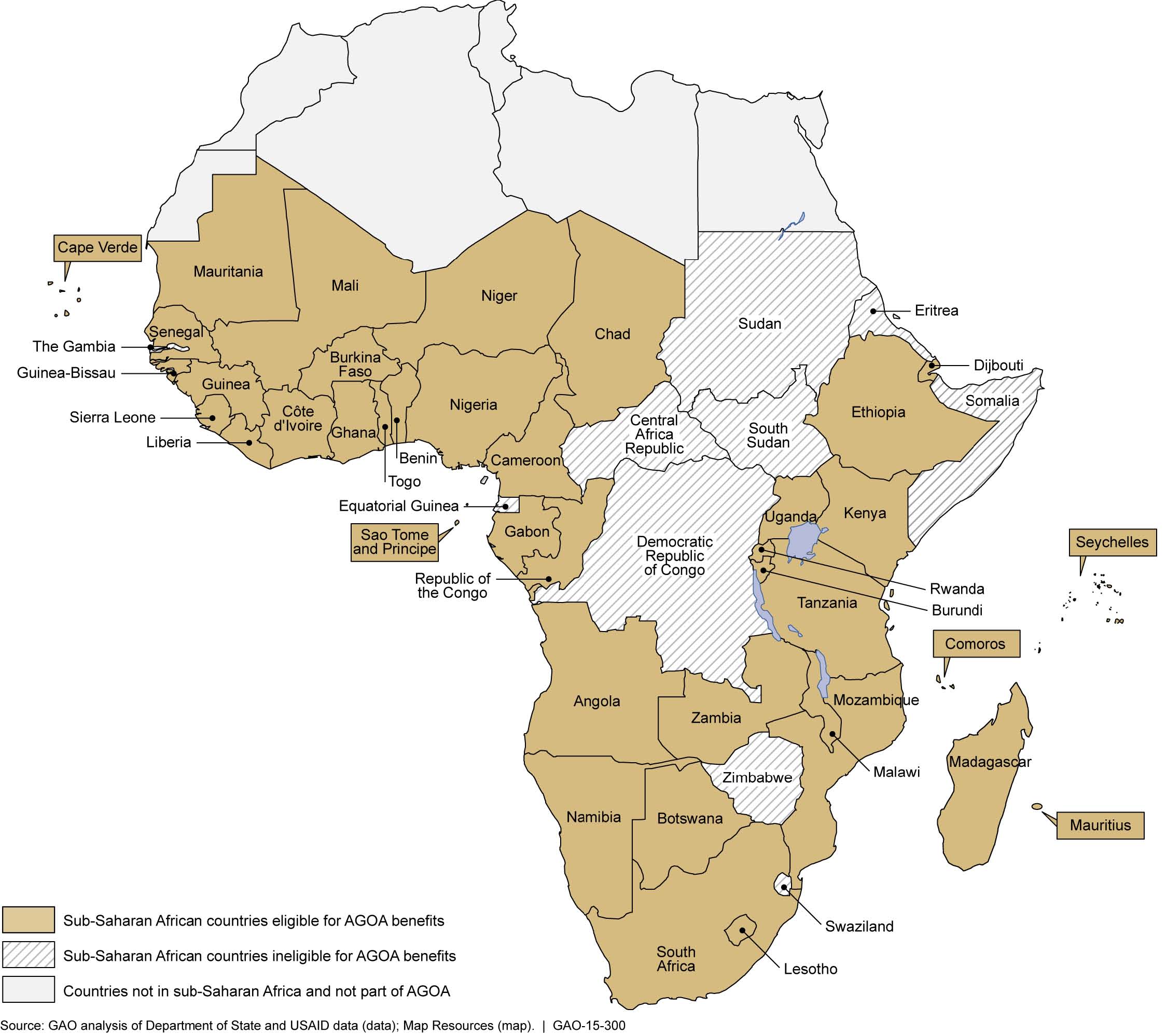Human immunodeficiency virus, more commonly known as HIV, is proving to be an increasing concern among the younger population in Africa. Recent studies show a particular concern among younger people aged between 15 and 29. This calls for appropriate strategies to be implemented to reduce the rate at which HIV prevalence in Sub Sahara Africa is rising.
AIDS Indicator Surveys Data Regarding Sub Sahara Africa
HIV is a disease with no current cure. There are effective treatments available, but many people do not obtain the right treatment at an early stage. HIV rates in Sub Sahara Africa also seem to be a major concern. A recent collection of survey data suggests that action needs to be taken among the younger population in Sub Saharan African regions.
The study looked at data from three geolocated surveys. Data were collected from the following surveys:
- Demographic and Health Surveys (DHSs)
- AIDS Indicator Surveys (AISs)
- United States Agency for International Development Survey (USAID)
Survey data was analysed for the periods 2008 to 2009, as well as for the period 2015 to 2016.
A total of 113,000 adult individuals from Sub Saharan areas of Africa were included. This accounted for 53,000 young adults. There was a 7.7% prevalence of HIV among young adults in Mozambique. The lowest incidence rate was found in Tanzania, with a prevalence of 2.2% among young adults. At a subnational level, up to 15% of the Sub Sahara African region may be affected by HIV.
The study found that the areas of Africa with the most concerning number of young adults infected with HIV included:
- Zimbabwe
- Mozambique
- Kenya
- Malawi
- Tanzania
- Zambia
The high prevalence rates of HIV among young adults were primarily linked to specific factors. These included:
- Behavioural factors
- Socioeconomic factors
- Environmental factors
The researchers behind the study do note that environmental variables and economic activity seemed to play the largest role in defining the prevalence of HIV in specific subpopulations.
Researchers do note that further studies are required to assist with providing more accurate data. This can help the healthcare system of Sub Sahara Africa better understand why there is a high prevalence rate of HIV among younger individuals in the area.
Appropriate action can be taken at this point too. Risky sexual behaviour was considered a major concern when looking at young adults in Sub Sahara Africa. With this in mind, appropriate action may help to yield an improvement in providing education to the young adults and ensuring there is a decline in the rate of such behaviour. The young adult population should also be made aware of HIV symptoms.
Several STDs are currently considered to have a high epidemiology in Sub Sahara Africa, including HIV. Recent evidence suggests that there is an increased concern regarding the spreading of HIV in the younger population Sub Sahara Africa too. Appropriate strategies need to be developed to help reduce the rate at which the prevalence is increasing and to provide adequate treatment to those already infected.
References
https://journals.plos.org/plosmedicine/article?id=10.1371/journal.pmed.1003042

